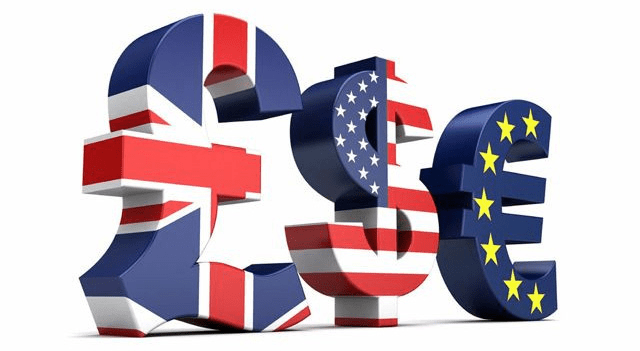The dollar extended its retreat on Monday after a disappointing U.S. jobs report added fuel to speculation that the Federal Reserve may begin easing rates as early as next month.
As of 04:20 ET (08:20 GMT), the U.S. Dollar Index—measuring the greenback against a basket of six major currencies—fell another 0.2% to 98.722, after losing over 1% in Friday’s session.
Labor Data Sparks Rate-Cut Momentum
The July nonfarm payrolls report released Friday showed job growth of just 73,000—far below expectations—alongside downward revisions for May and June. With the unemployment rate rising to 4.2%, markets sharply increased their bets that the Fed will cut rates in September, now pricing in the probability at close to 90%.
Treasury yields responded in kind, with the two-year note slipping to a three-month low of 3.6590%. The benchmark 10-year yield, meanwhile, hovered near a one-month trough at 4.2493%.
President Donald Trump reacted swiftly, firing Bureau of Labor Statistics Commissioner Erika McEntarfer, accusing her—without evidence—of fabricating the jobs data.
“Uncertainty about the quality of U.S. data is not a good look for U.S. asset markets and could add some more risk premium both into the dollar and Treasuries,” said analysts at ING in a note. “For Treasuries, this week sees $125bn in auctions of three, ten and thirty-year Treasury notes. Let’s see how those auctions go.”
Investor concerns were further heightened by the resignation of Federal Reserve Governor Adriana Kugler, which could allow Trump to appoint a dovish replacement, potentially tilting the Fed’s internal balance.
“An earlier replacement for Kugler would likely add another dissenter to the Fed’s current stance of unchanged rates and turn up the internal pressure on Powell,” ING added.
Euro Eases Slightly After Strong Gains
The euro eased 0.2% to 1.1563, taking a breather after Friday’s sharp rally. The move followed solid support at the 1.1400 level, with market participants watching for further upside momentum.
“With an important low made near 1.1400, we suspect there will be plenty of buyers in the 1.1500/1520 area – should it make it that low. 1.1700 seems a reasonable target for the next couple of weeks,” said ING.
Meanwhile, Spain’s jobless claims fell by 0.1% in July, according to the Labour Ministry, bringing the total number of unemployed to 2.40 million—the lowest since mid-2008.
Sterling Dips, Franc Hit by Tariff Pressure
GBP/USD edged down 0.1% to 1.3274. The Swiss franc also weakened further, with USD/CHF climbing 0.6% to 0.8085. Switzerland was one of several countries hit with high tariffs in Trump’s recent trade reset, adding to pressure on the franc.
“If those tariffs stick, this will add to the disinflationary forces in Switzerland, which are keeping CPI near 0% year-on-year,” said ING.
Yen Pares Gains, China Comments Buoy Yuan
The Japanese yen lost some of its recent safe-haven appeal, with USD/JPY rising 0.3% to 147.94. The yen had previously benefited from Friday’s risk-off sentiment.
The Chinese yuan, on the other hand, firmed after U.S. Treasury Secretary Scott Bessent expressed optimism over trade talks with Beijing. USD/CNY fell 0.5% to 7.1763.
Bessent said on Friday that he believed “Washington has the makings of a deal with China” and that he was “optimistic” about the path forward.
This content is for informational purposes only and does not constitute financial, investment, or other professional advice. It should not be considered a recommendation to buy or sell any securities or financial instruments. All investments involve risk, including the potential loss of principal. Past performance is not indicative of future results. You should conduct your own research and consult with a qualified financial advisor before making any investment decisions.
